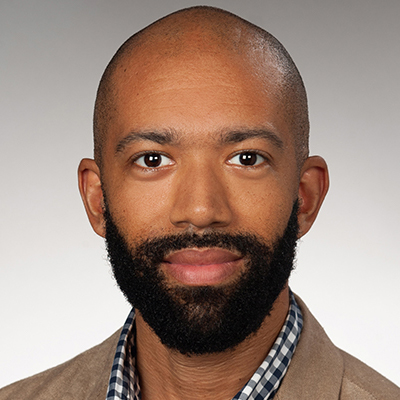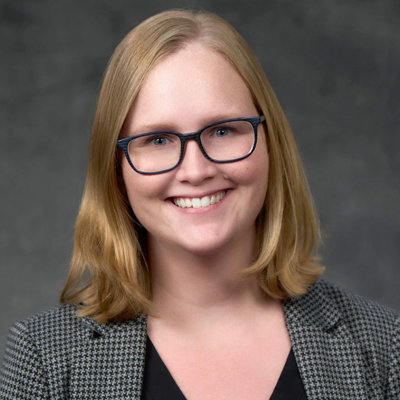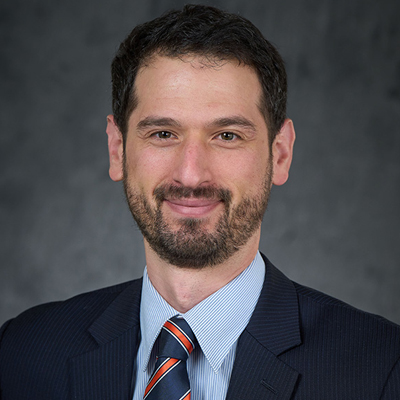Imam Hamza Gürsoy Appointed as Muslim Chaplain at Hendricks Chapel
The University has appointed Imam Hamza Gürsoy as Muslim chaplain and advisor for the Muslim Student Association at Hendricks Chapel. In his role, Gürsoy will serve students by expanding the impact of Hendricks Chapel as “a home for all faiths…





